Climate variations have always been a cause for concern for agricultural activity, which has certainly favored the development of technologies in several areas.
And the irrigation industry It is an important pillar for the expansion of agribusiness in its various segments, such as fruits, vegetables, grains, pastures, etc.
Below are some examples that highlight the importance of irrigation for agribusiness, according to the study Brazil Agricultural Irrigation Market, carried out by TCP Partners, investment and management company.
- Increase in productivity of the order of two to three times compared to rainfed;
- Increased rural producer income and reduced production risks;
- Soil use throughout the year with up to three harvests per year;
- Modernization of production systems by stimulating new technologies and the expansion of technical assistance;
- Increased supply and regularity of foods such as rice, beans, wheat, potatoes, fruits and vegetables;
- Greater viability for value-added crops, creation of agro-industrial hubs and opening of new markets;
- Strengthening the financial structure of producers and developing the agricultural financing market.
Based on this analysis, they prepared the study, highlighting business opportunities and contributions in the sector to investors, companies and business groups.
According to TCP Partners, the forecast is that Brazil will have an increase in irrigated cultivation area that will reach 12.4 million hectares. In other words, an increase of 4.2 million hectares or 50% in relative terms over the next 20 years.
To give you an idea, since 2016, the Irrigated agriculture in the country presented an annual growth rate of 4.7%. In 2021, according to data from IBGE (Brazilian Institute of Geography and Statistics), the irrigated area corresponded to 8.2 million hectares.
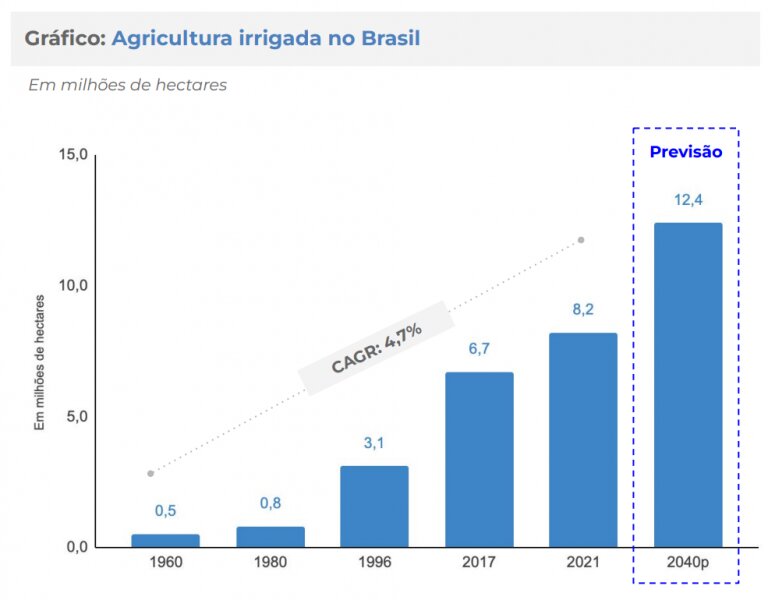
Given this scenario, we can say that there is a range of investments that can be made in this segment, as well as the rise can increasingly stimulate the adoption of photovoltaic technology It is consequently add more energy demand to rural producers who bet on this source.
“And what would this energy demand be like? With the inclusion of battery generator”, said the electrical engineer Fernando Negri, specialist in the development of hybrid projects (solar/battery/generator).
“This varies greatly depending on each client. If he is willing to have a higher initial Capex, we would stick with the battery to save on diesel. However, if the customer is not available for a very high Capex, they would have the topology with the generator in parallel, enabling savings of 60% of diesel, for example”, he reported.
In his view, battery Capex still has a high value, but over time this product will have a more competitive price. “Today we see BYD in the market, which is looking to have a lower initial Capex.”
“In addition to BYD, we see other companies entering with rental systems. Instead of paying the cost of diesel, you pay a lower price for batteries. Therefore, some companies are entering the market and starting to make the business more viable”, he highlighted.
Application example
To contextualize the synergy between irrigation systems, solar energy and batteries, the engineer brought examples of field applications of this hybrid solution in Bahia, Goiás and Mato Grosso – where he was coordinator of these projects.
“We noticed that many places did not have available demand for irrigation and silos and, as a result, we realized that customers were using a lot of diesel generators. Therefore, we began to study different topologies to reduce the cost of this fuel”, he said.
In the midst of this scenario, they developed around five topologies, which would be 100% with solar. “In this case, it would only be for the system to irrigate from 7 am until 5 pm. A pivot, for example, that consumes 100 kW would have a 250 kWp plant to be able to serve it, only with photovoltaic”
“However, we know that irrigation crops vary greatly. It may be that seven hours of irrigation is not enough. So we put in a backup generator. The 100% works with solar, and if more irrigation is needed, the generator comes in”, he explained.
According to him, the Capex in this situation is a little higher, because it is twice the power to be able to have peak generation, when the ideal irradiation appears. “So, at seven o'clock in the morning it's sunny, the peak of production will hit for the system to work. It is worth mentioning that it varies a lot, the region and the dirtiness of the area as well.”
According to him, this application with solar is more advantageous, as the kWh is cheaper, as there is no diesel working in parallel. “The disadvantages are that it is a very specific application, generation is not constant and the reduction in kWh depends a lot on weather conditions, because if it is a day when the irradiation is not ideal, I will have my generator running for longer.”
“Thus, we have the 100% topology with photovoltaic and the 100% photovoltaic with backup generator. However, there are some crops in which I cannot have generation fluctuation. In this case, we created a topology that has the generator in parallel with the solar, enabling savings of 60% in diesel consumption, as the generator will reference the solar and we will meet the pivot loads”, he highlighted.
Furthermore, the advantage, according to Fernando Negri, is that it is possible to serve in remote locations, where demand is not available. “The disadvantage is that it has a low photovoltaic penetration, as I cannot put in a lot of solar energy since I have a generator reserve and I have to create ideal parallelism”.
Example of solar with batteries and diesel
Another example cited by the electrical engineer is a ferry in Manaus who used solar with batteries and diesel. “The function of the battery is to provide the reference for the photovoltaic and serve the loads for one hour, other than that the generator comes in parallel. This has one of the lowest LCOE (levelized cost of energy) costs per kWh, but has a higher Capex”.
This entire topology varies greatly depending on the load profile and customer cultivation. “An example, if it’s soy plus corn, it’s one thing, if it’s soy, corn and beans, it’s another type of system. In other words, it varies depending on the crop, load profile, location and soil dirt”, he concluded.
More data on the irrigation market
The TCP Partners study also pointed out that fertigated sugarcane cultivation represents 2.9 million hectares or 35.4% in relation to the total, followed by other crops in central pivots (rice, sugarcane and coffee) with 1. 4 million hectares or 17.6% in relation to the total.
A Southeast region concentrates the largest share in the percentage of irrigated area, with 39.8%, followed by the South with 25%, while the North represents only 5.5%.
GDP in agribusiness
O GDP (Gross Domestic Product) of agribusiness has a volatility history which can be explained by the variation in commodity prices (grains, proteins, etc.) and extreme weather events, causing highs and lows.
According to the trend line of the agribusiness GDP graph, the sector has been experiencing a growth cycle anchored in productivity and the favorable dynamics of international commodity prices.
The historical series released by IBGE revealed that since GDP Agro had four falls, which were influenced by climate events (highlighted in red on the graph).
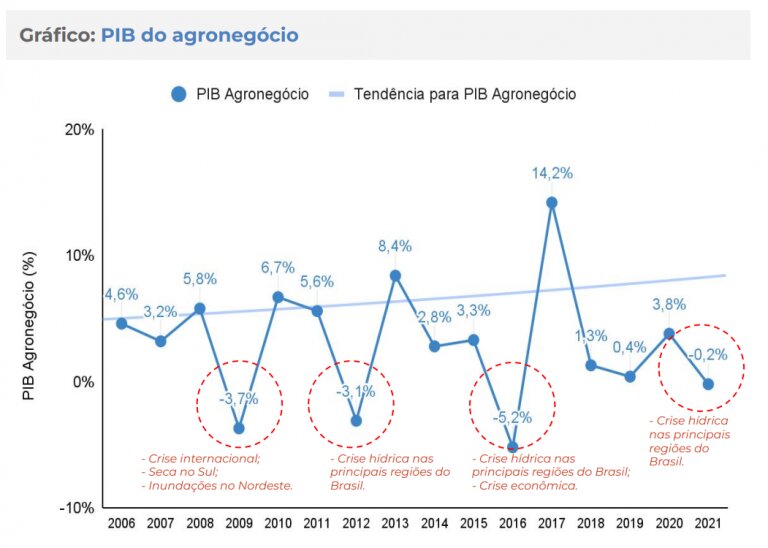
However, the climate events in the annual series researched showed that Agro's GDP was impacted by four extreme events, all related to water stress.
“So, how can producers mitigate or protect themselves from extreme events knowing that global actions to combat climate change are long-term? The TCP team does not have the complete answer, but suggests that agricultural producers will increasingly turn to irrigation technologies and genetics”, concluded the research.


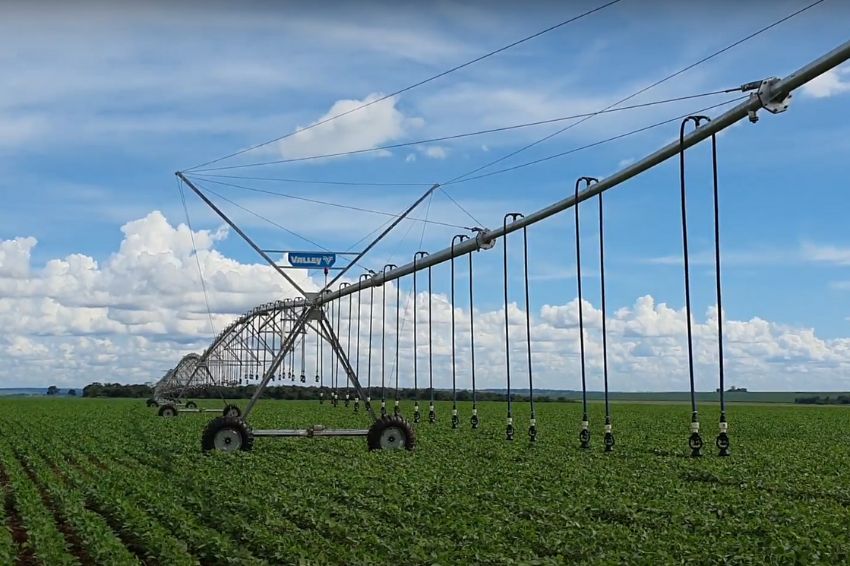

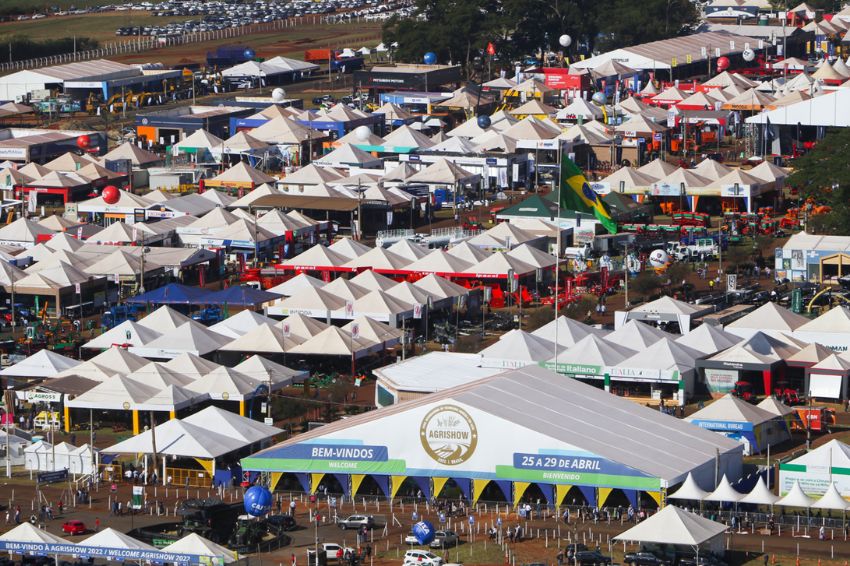
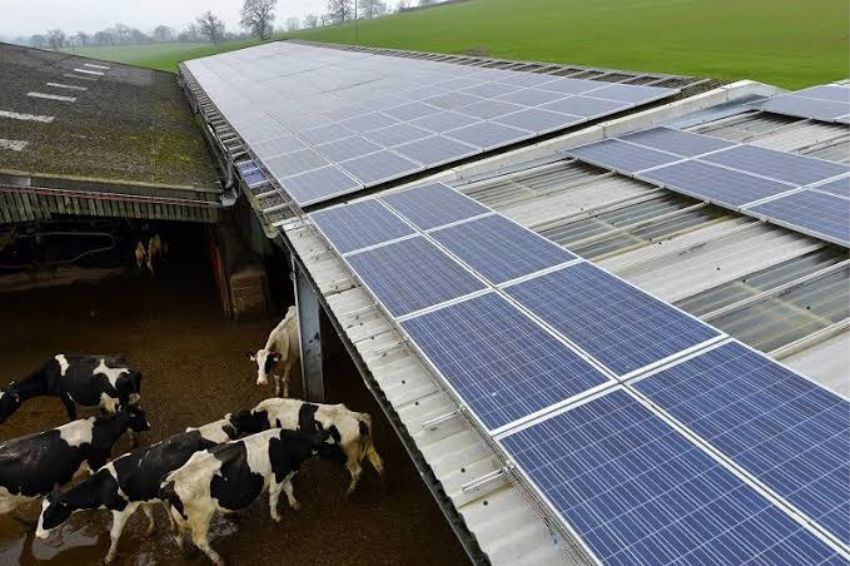
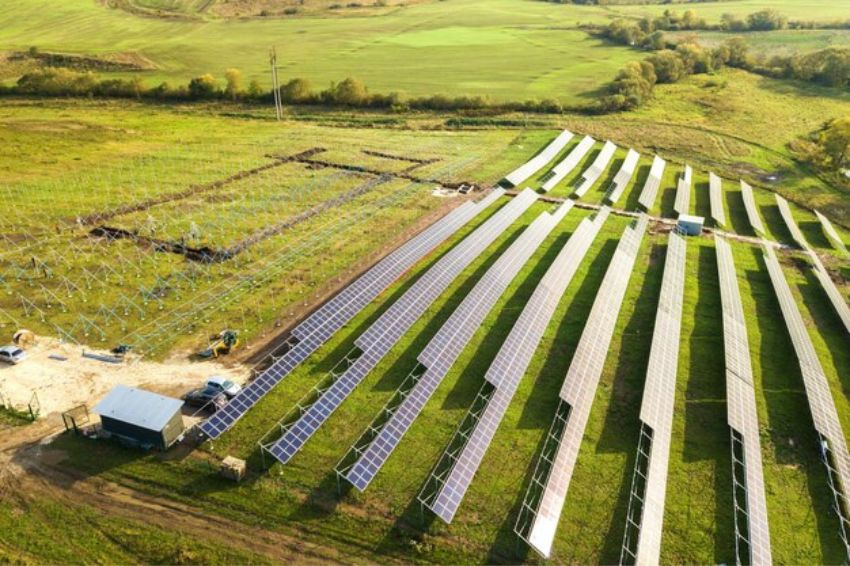








2 Responses
Agribusiness opens up many opportunities for solar energy
Excellent report. We have new lights at the end of the tunnel regarding improving the performance of national agribusiness. I will dedicate myself even more to studies in the sustainable area.